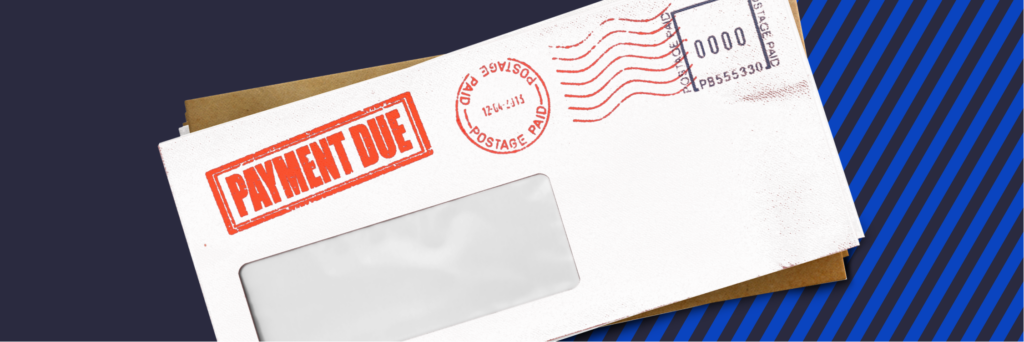Unless you’ve just woken up from a 100-year sleep, you’ve heard the phrase “APR” mentioned in countless car commercials, radio ads for home loans, and credit card offers. But what does APR mean exactly?
Well, there’s the short answer and the long answer. The short answer is that APR stands for “Annual Percentage Rate.” But you probably already knew that. Let’s dig a little deeper to find out how it works.
Interest Rate vs. APR
Borrowing money costs money. Exactly how much money is determined by a few factors, mainly the interest rate and APR for the borrowed amount. An interest rate is the annual cost of a loan to a borrower expressed as a percentage and doesn’t include any fees charged for the loan. This is usually the rate used to calculate the amount of your monthly payments. The APR is also expressed as a percentage of the annual cost of a loan, however, it also includes fees or other charges to reflect the total cost of the loan. Lenders must follow the same rules to ensure the accuracy of the APR, so borrowers can use the APR as a basis for comparing certain costs of loans.
With most consumer financial products there are some other factors that play a role in what your APR will be. One of those factors is whether you have a fixed or variable interest rate.
- A fixed rate means that the company lending you money has agreed to hold your interest rate steady at a level you agreed to when you initially borrowed the money (or signed the contract). Keep in mind that, even if you have a fixed rate, your rate could still be increased if you break your part of the agreement (e.g. if you make a late payment), depending on the terms of the contract.
- A variable rate means that the company reserves the right to raise your interest rate depending on certain external factors, such as the prime rate, the base interest rate set by the Federal Reserve.
As with all financial products, you want to make sure you understand what you’re getting into before you sign on the dotted line, and APR is no different. Make sure you have a clear, thorough discussion with your lender before you commit to any product with an APR, whether it’s fixed or variable.




